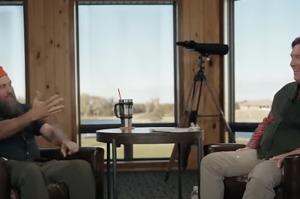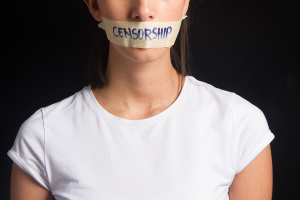My Sister's Keeper
Building a Baby to Save a Child
When baby Adam Nash came in to the world in a Denver hospital in August of 2000, he was no surprise. His parents Lisa and Jack had been through four rounds of in vitro fertilization trying to make him. They created (and later destroyed) 12 other embryos before selecting Adam, a perfect genetic match for his sister Molly.
Molly suffered from a rare and potentially fatal genetic disease that can cause a failure of bone marrow production. After Adam's birth, doctors used stem cells from his umbilical cord to create bone marrow for Molly. Today, she is in remission.
When author Jodi Picoult first read about this true-life story, she began to wonder, "What if [Molly] ever, sadly, goes out of remission? Will the boy feel responsible? Will he wonder if the only reason he was born was because his sister was sick?"
As she started to look more deeply into the family dynamics that would be created in such a situation, she came up with the idea for her best-selling novel, recently turned film, My Sister's Keeper.
My Sister's Keeper tells the story of 11-year-old Anna Fitzgerald, whose parents created her to be a savior for her sister Kate, diagnosed with leukemia.
The story begins when older sister Kate finds her leukemia has resumed and her kidneys are failing. The problem is that her sister, Anna, does not want to donate a kidney. She has already endured years of painful bone marrow transplants to help Kate. So Anna decides to sue her parents for the rights to her own body.
It is then that audiences must wrestle with the choice Anna's parents made to play God, creating a life in order to save a life.
The film also forces the audience to come face to face with the issue of childhood mortality. And as gut-wrenching and horrible as any illness such as leukemia is, it becomes clear how utterly hopeless such a diagnosis is for a family whose worldview has no ultimate hope.
Kate's mother, Sara, borders on monomania when it comes to saving her daughter. Utterly impervious to the needs or feelings of Anna, her husband, her son, and ultimately Kate's own wishes, Sara presses on for the kidney operation for her daughter, destroying her own family in the process.
Unlike the character of Sara in the film, Christians do not have to pin their hope to a savior sibling. Even in death, they have a real Savior, one whose triumph overcomes the grave. That very real Savior willingly gave his life so that as we grieve-even the death of a child-we do not do so as those without hope.
The film is rated PG13, and it contains some material that would be inappropriate for a teen audience. But the film should help spark a debate about the ethical and moral ramifications of reproductive technology and today's eugenics movement.
Whether or not you choose to see the film, I hope you'll come to our website, BreakPoint.org, and read an excellent article on this savior sibling issue, written by Jennifer Lahl, vice president of the Center for Bioethics.
Read it the article and share it with your friends. And use the release of My Sister's Keeper as an opportunity to talk to others about what can happen when humans decide to play God.



























